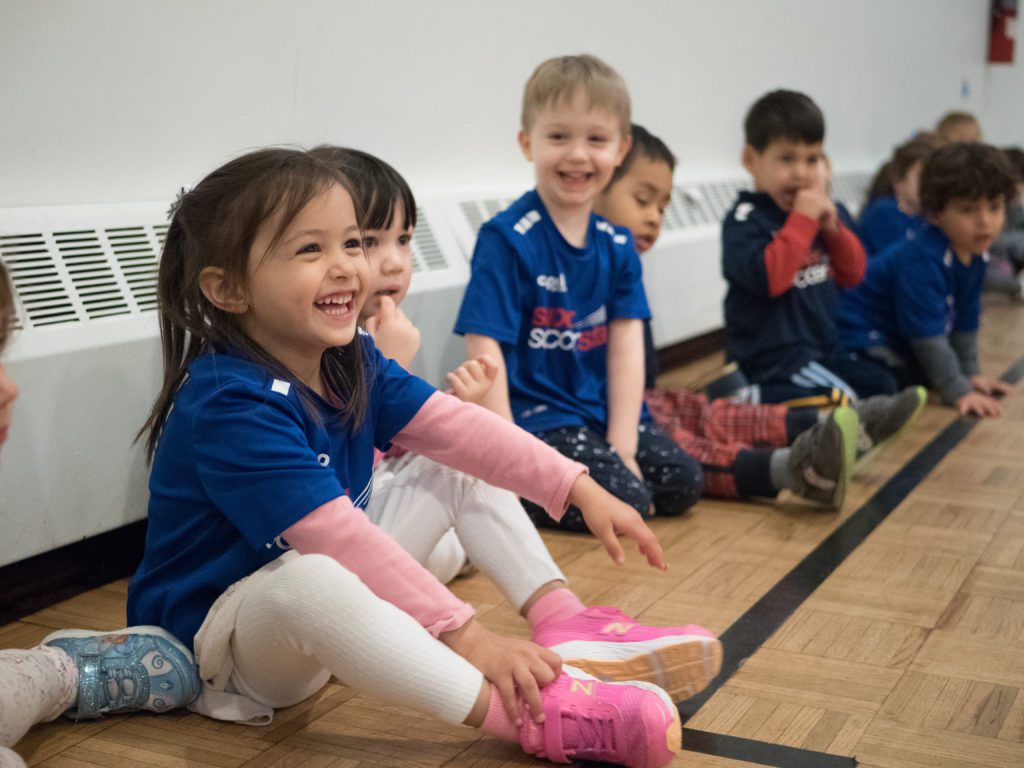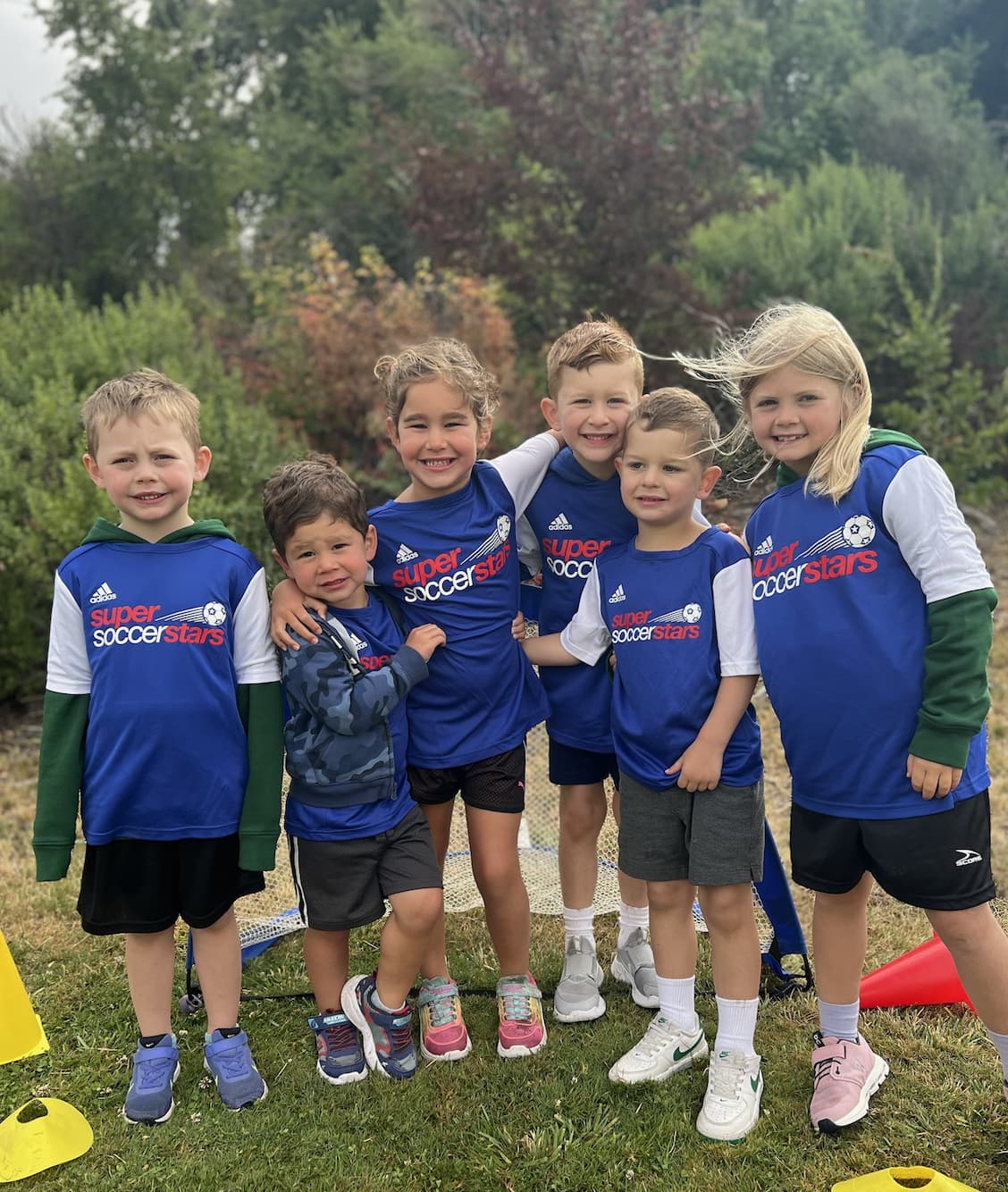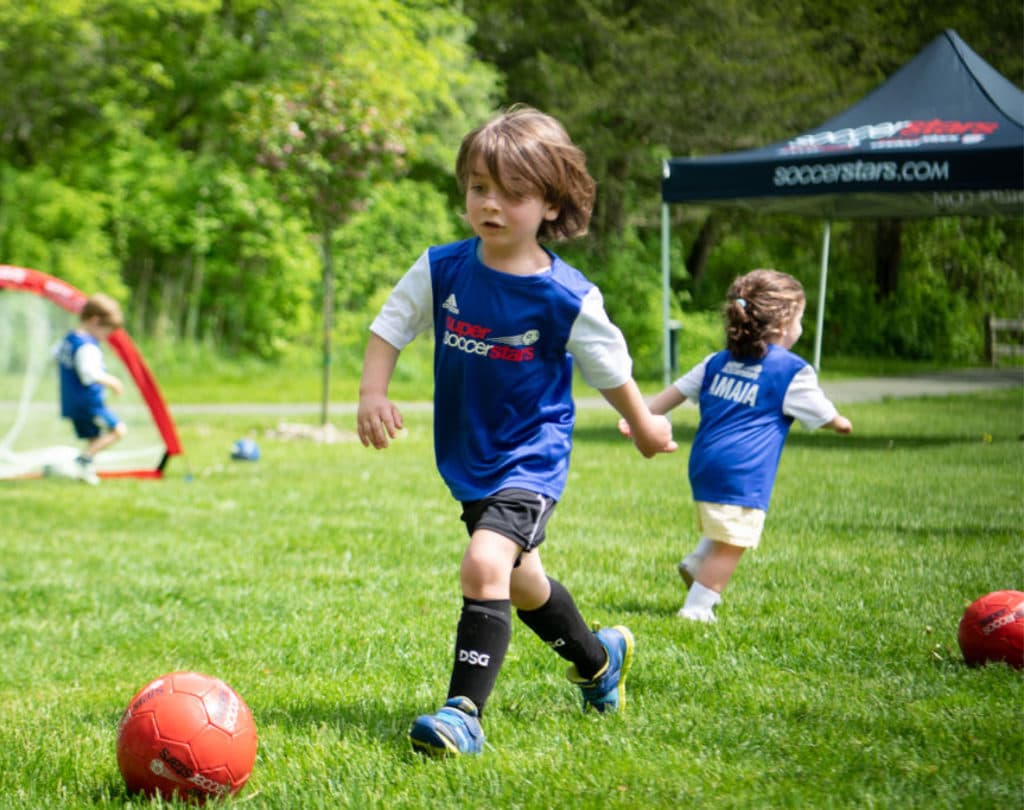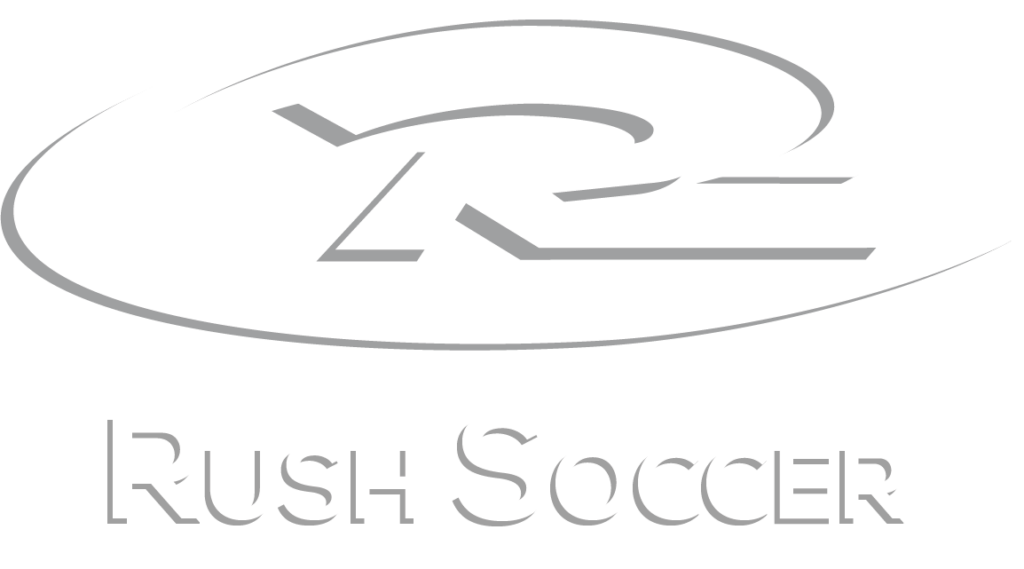
How Much Is Too Much? Teaching Active Kids When To Take Breaks
Regular exercise during childhood is vital for short- and long-term health, and sports offer a great opportunity for children to get this much-needed exercise. Furthermore, sports can be an especially beneficial option because games also offer opportunities for social development.
However, kids can do exercise that is too strenuous, which could result in a wide range of issues. If they play too hard without taking much-needed breaks, young athletes may get worn out. Kids want to have fun when they’re playing sports. Parents want their kids to get some exercise and have fun while they’re doing it. But when they’re burnt out due to a lack of breaks, active kids are much less likely to have fun.
Moreover, children may face an increased risk of injury if they don’t take a break, get a snack, and drink some water now and then. Parents and attentive coaches can prevent overly strenuous activity by encouraging regular breaks, educating themselves about age-appropriate exercise activities and games, and teaching children how to recognize and communicate when they are tired.
How Much Physical Activity Do Kids Need?
Many kids benefit from a great deal of exercise. The CDC, for one, points out that preschoolers ages 3 to 5 should be active throughout the day. A hyper 5-year-old is hyper for a reason — they need to run.
Children ages 6 to 17 should get at least an hour of heart-pumping exercise daily. Most of this exercise should be aerobic, which is why a fun sport like soccer is so great for kids.
But how much exercise is too much? “Most children under most circumstances will limit themselves appropriately with exercise,” says Dr. Kenneth Zahka, MD, a pediatric cardiologist. “They’ll slow down or stop when they need to. The important thing is that they know to listen to their bodies.”
According to Cleveland Clinic, a child’s maximum heart rate can be as low as 185 to as high as 215. Breathlessness and dizziness are signs they’re pushing it too hard. But most kids won’t get there without indicating they need a break.
So, if you’re a concerned parent or a coach out there on the soccer field, encourage your athletes to listen to their bodies and take breaks when they feel like they need to slow down.
Day-to-day, when they’re playing independently, Dr. Zahka says that most kids are naturally going to build in their own breaks. Once they’re ready for a break, it’s time to make sure they’re hydrated and replenished.
How Much Water Should Active Kids Drink?
It’s essential for active kids and young athletes to stay hydrated throughout the day. That said, people tend to have a hard enough time figuring out their own hydration needs, let alone planning fluid intake for a child constantly on the go. Should kids stick with water? Are energy drinks OK? What about electrolytes?
When it comes to hydration for young athletes, consider the following:
- Don’t wait until they’re thirsty — at that point, they’re already dehydrated.
- Make sure they drink 16 to 20 ounces of water two to three hours before exercise.
- Also, they should drink about 5 to 10 ounces of water or sports drink 10 to 20 minutes before exercise.
- Try to have them drink 5 to 10 ounces of water or sports drink every 20 minutes during exercise.
- If they lose weight from running around, for every pound lost, give them 16 to 24 ounces of water or sports drink and a salty snack.
- Avoid energy drinks, as these can lead to dehydration.
Water is the most essential hydrator for kids (and adults). But if your child is getting more than an hour of vigorous exercise in a day, or it’s a hot one and they’re sweating a ton, a sports drink with electrolytes or an electrolyte additive is a good idea. One gulp equals about 1 ounce of fluid, so have them take five to 10 gulps when they’re taking a water break.
What Foods Do Active Kids Need for Nutrition?
Young, active athletes do need to eat a decent amount of food to keep up their energy. But just like helping them keep up with hydration, getting your child to slow down, take a break, and eat something healthy can be tough. When it comes down to it, the trick is to have easy-yet-nutritious snacks on hand, which might be easier said than done.
Registered dietician Suzanne Nelson, who is the head of sports performance nutrition at the University of California, Berkeley, says active kids should eat five or six smaller meals and snacks each day. To give you a picture of what that looks like, here are some easy, nutritious snacks so you can plan and have these things around for break-time:
- Whole-grain crackers or pretzels;
- Fig bars;
- Granola bars;
- Grapes;
- Trail mix;
- Bananas;
- Orange slices;
- Watermelon slices;
- Peanut butter and jelly or banana sandwiches on whole wheat;
- Yogurt dip for fruit;
- String cheese;
- Apple slices and peanut butter;
- Veggies and hummus;
- Turkey sandwiches;
- Low-fat chocolate milk.
Your child should naturally want to decompress and take a break after a game or intense period of exercise. That’s a good time to give them a snack, as experts recommend eating within 30 minutes after intense activity.
As you encourage your active child to take breaks and drink water, encourage them to eat snacks, which will help them meet their caloric needs. Most importantly, combining breaks with nutrition and hydration keeps kids from over-exerting themselves.
Common Sports Injuries From Overexertion
Sometimes, competitive young athletes want to push themselves more than they should. Likewise, an overly competitive coach or parent may forget to build breaks into the routine. Combine a lack of breaks with specialization — which is when an athlete is focused on a single sport — and injuries from overexertion may result.
Therefore, vigilance on the part of the adults in their lives is vital, particularly if kids are involved in contact sports. If you suspect that a child is being over-exerted during sports activities, it may be helpful to allow them to engage in other ways such as virtual learning as you investigate the problem and adjust their schedule. Here are some of the common injuries and conditions that can be caused by overexertion:
- Overheating;
- Sprains and strains;
- Concussions;
- Exhaustion;
- Muscle soreness;
- Joint pain;
- Mental exhaustion.
Over time, these injuries can have long-term consequences, including strength imbalance, limited range of motion, and cartilage defects.
Involvement in sports can also certainly have a positive impact on a child’s mental health. However, if a child seems to demonstrate unusual fatigue or stress, the adults in their life must ensure that their sports activities aren’t taking a negative toll on the child’s physical and mental health.
What To Do When Young Athletes Need a Break
Now that you have a good idea of the negative impacts of overexertion and overcompetitiveness, there are a few steps you can take as a parent, teacher, or coach to lower these risks.
When a young player complains of being tired or shows signs of any of the above negative effects, do the following:
Stay Calm
When a young player exhibits any signs of overexertion or asks for a break, you must assess the situation rationally. As a parent or coach, you may feel highly invested in a child’s participation, but you must explain the importance of taking regular breaks. Be aware of your tone and choice of words — you don’t want the child to feel as though they are disappointing you by taking a break and avoiding overexertion.
Consult an Expert (if necessary)
Some symptoms of overexertion may call for an expert’s input. Depending on the severity of the issue, a simple break may only be required. In some cases, you may need to consult the child’s doctor or a physical therapist.
Create a Recovery Plan
There is no one-size-fits-all recovery plan for children experiencing overexertion. For some children, an extended break might be required to allow them time to recover. A good recovery plan includes taking some time off and engaging in low-impact activities and games until they are ready to continue.
Teach the Importance of Self-Care
Above all, reinforcing the importance of self-care can help young athletes self-regulate. “Self-care” refers to a practice of staying aware and considerate as it concerns your body and mind. If you teach a child to actively practice self-care, they may be more capable of recognizing and addressing signs of overexertion.
Being watchful for signs of overexertion and helping active children take breaks is essential. Practicing the tips listed here will help you keep young athletes safe and healthy as they reap the many benefits of regular physical activity.





